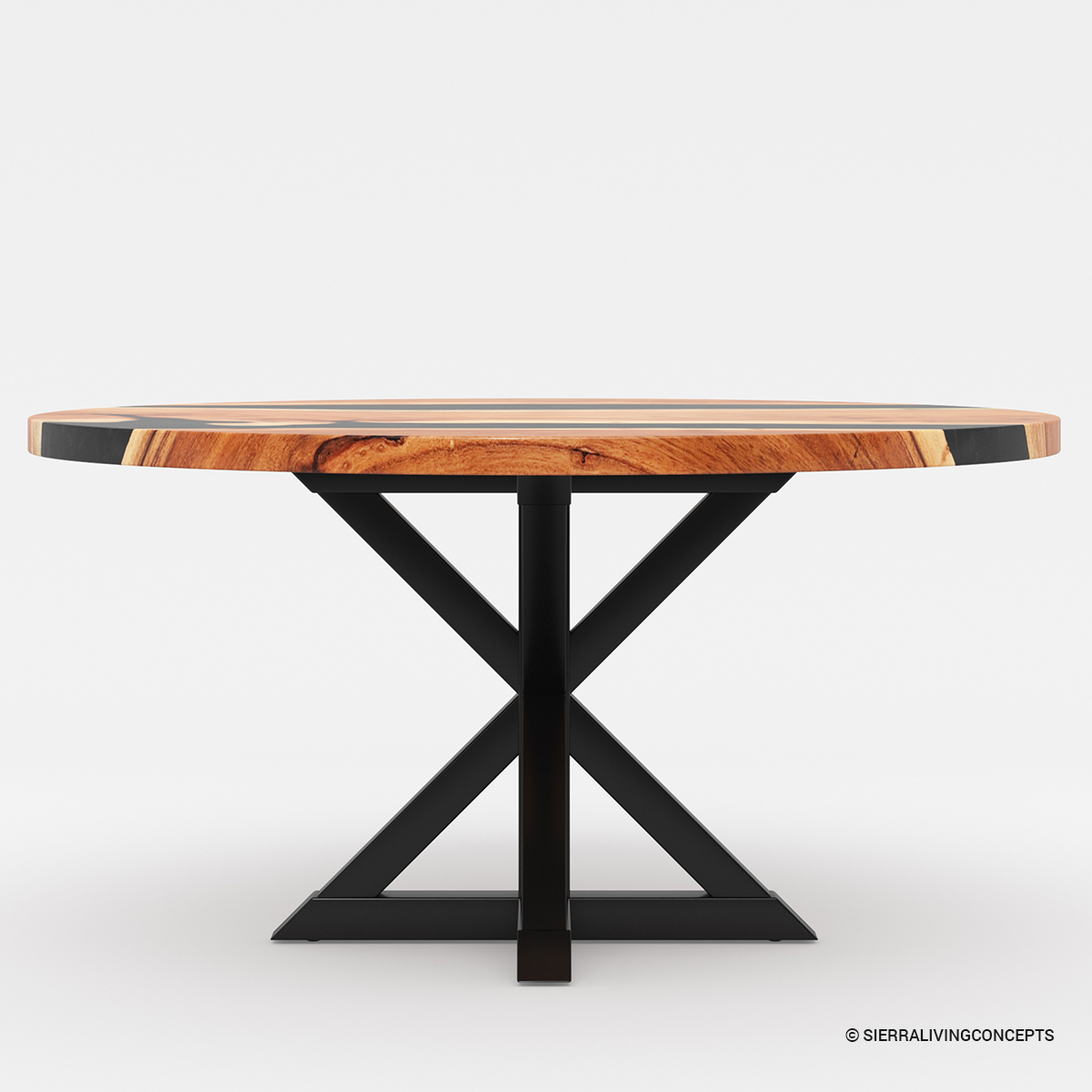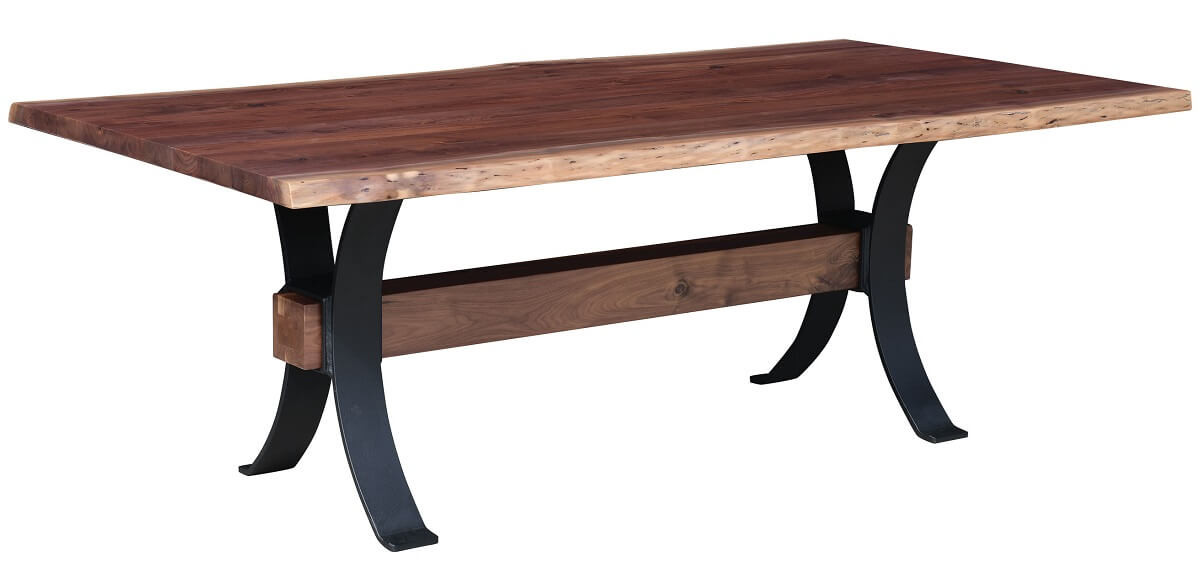Affordable and High-Quality Dining Room Table Legs for Every Budget
Affordable and High-Quality Dining Room Table Legs for Every Budget
Blog Article
From Conventional to Modern: Find the Perfect Dining-room Table Legs for Your Design
While timeless designs such as cabriole and turned legs stimulate a feeling of ageless refinement, contemporary styles like barrette and geometric alternatives present a chance for striking aesthetic interest. As you think about these components, the concern continues to be: how can you effortlessly incorporate these varied leg styles to create a harmonious eating experience?
Understanding Table Leg Styles
The variety of dining-room table leg styles can considerably influence both the looks and capability of the room. Each leg design adds special aesthetic components and functional attributes, dealing with diverse design preferences and use needs. Recognizing these designs is vital for choosing the best table that aligns with your overall interior decoration vision.
For circumstances, tapered legs offer a tidy, timeless look that can enhance a room's style, while stand bases offer security and take full advantage of legroom, making them optimal for smaller spaces. Hairpin legs, a characteristic of mid-century contemporary layout, introduce an industrial panache, permitting for an airy, open feel. In a similar way, trestle legs stimulate rustic charm, giving durable support and a feeling of timelessness.
Furthermore, the choice of materials plays a significant duty. Wooden legs can bring heat and texture, whereas steel choices often share a sleek, modern vibe. Inevitably, understanding table leg designs is important for developing a cohesive eating area that shows individual style while making certain functionality and convenience. By thoughtfully thinking about these aspects, you can boost both the aesthetic and practical allure of your dining area.
Traditional Table Leg Options
When selecting dining-room table legs, traditional options typically embody ageless elegance and workmanship. These designs reflect a rich heritage and a dedication to top quality, making them perfect for those who appreciate traditional aesthetics.
One of the most renowned conventional leg designs is the cabriole leg, characterized by its graceful rounded shape. This style commonly includes attractive makings and is most generally located in Queen Anne and Chippendale furnishings. An additional preferred alternative is the transformed leg, which flaunts a collection of smooth, rounded forms that give a timeless appearance while keeping security.
Moreover, the straight leg, while basic, uses a strong and basic structure that can blend seamlessly with a selection of tabletop designs. For those drawn to ornate detailing, claw-and-ball feet legs evoke a feeling of majesty and can offer as a sensational prime focus in any type of dining room.
Last but not least, stand bases, although not strictly legs, provide an alternative typical alternative that permits sufficient legroom and can be beautifully sculpted. Each of these standard leg styles contributes to the total atmosphere of a dining area, weding function with visual charm.

Modern Table Leg Layouts
Modern table leg styles provide a diverse series of styles that stress innovative products and clean lines. These styles frequently focus on performance while acting as striking prime focus within an eating area. Minimal aesthetic appeals are prevalent, with legs crafted from products such as steel, glass, and engineered timber, which contribute to a contemporary and ventilated feeling.
One prominent layout is the hairpin leg, defined by its slender, tapered framework that provides stability without frustrating the tabletop (dining room table legs). This style is usually found in mid-century contemporary furnishings and can effortlessly match numerous table forms. Another pattern is making use of geometric forms, where legs may handle asymmetrical or angular types, including aesthetic interest and a touch of creativity

Blending Styles for Distinct Areas
Typically, house owners look for to produce distinct dining spaces that mirror their individual design by mixing different design elements. This approach permits for the unification of varied looks, leading to a harmonious yet distinctive setting. For example, combining a rustic wooden table with sleek, modern-day metal legs can create an go to this web-site attractive comparison that raises the room's overall allure.
Furthermore, integrating vintage table legs with modern tabletops can stimulate look at more info a sense of background while preserving a modern perceptiveness. Such combinations not just showcase specific taste yet likewise urge imagination, allowing house owners to curate a space that really feels both personal and welcoming.
Color plays a vital role in this mixing procedure; picking table legs that match or comparison with the existing color plan can enhance aesthetic interest. Whitewashed legs can soften the daring of a dark table surface, producing a well balanced aesthetic.
Tips for Selecting the Right Legs
Picking the right table legs is vital for attaining both functionality and visual allure in your dining area. Begin by taking into consideration the overall style of your room. Traditional setups take advantage of legs that include detailed carvings or turned styles, while modern spaces may require streamlined, minimal styles.
Next, examine the elevation and security of the legs. dining room table legs. Basic dining tables vary in between 28 to 30 inches in elevation, so ensure the legs complement this measurement for comfort. Furthermore, durable products, such as wood or steel, can boost security and longevity
Evaluate the leg shape as well-- choices include directly, tapered, or stand styles. my site Straight legs use a timeless appearance, while conical legs can include a touch of elegance. Pedestal bases provide sufficient legroom and are optimal for smaller sized areas.
Final Thought
In recap, choosing the suitable eating area table legs needs cautious factor to consider of both contemporary and standard styles. Conventional options such as cabriole and turned legs offer classic style, while modern-day styles like hairpin and geometric shapes provide a modern touch. By integrating leg design, height, and product with the total design, a cohesive and inviting atmosphere can be attained. Eventually, the selected table legs should mirror the wanted aesthetic, enhancing the eating experience within the room.
The selection of eating space table leg styles can dramatically influence both the visual appeals and functionality of the area. Ultimately, recognizing table leg styles is essential for producing a cohesive eating location that shows individual style while making certain functionality and convenience.One of the most renowned typical leg styles is the cabriole leg, identified by its graceful rounded form. Straight legs provide a timeless look, while conical legs can include a touch of beauty.In recap, selecting the suitable eating room table legs calls for careful consideration of both typical and modern styles.
Report this page